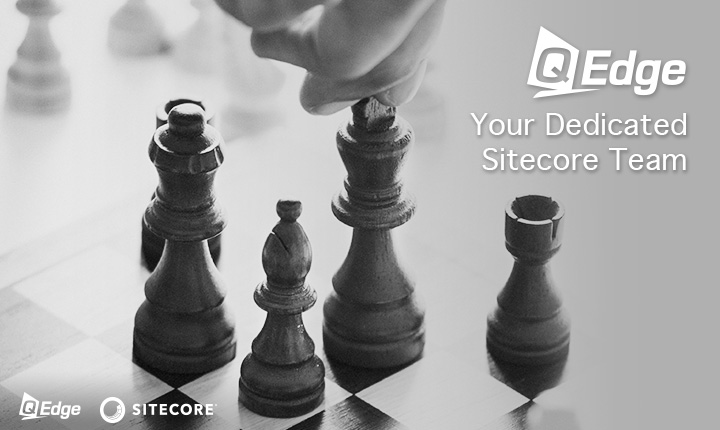If you’re using Sitecore’s industry-leading content management system, you’re likely looking to better understand user behavior on your website to optimize the experience. This is where Sitecore events come in – they’re a powerful way to gain actionable insights to improve engagement. But between events, goals, and pipelines, the terminology can get confusing. This article will break down the key questions:
What is sitecore events?
Simply put, Sitecore events allow you to capture actions users take on your website. Every time a page loads, a button is clicked, or a video is played – you name it – that action can be defined as a custom event. When the event fires, Sitecore generates metadata like session ID, timestamp, and custom attributes. All this data flows into xDB, Sitecore’s customer intelligence database.

So why do events matter? By understanding exactly how visitors interact with your content, you gain priceless insight to optimize conversion pathways. Say you want to know each place users click before filling out a form – events let you visualize that sequence to remove friction. The custom attributes take personalization even further by capturing nuanced contextual data, from geo-location to browser type and more. Get granular by setting up separate events for mobile vs. desktop. The flexibility is unlimited.
It all comes down to eliminating guesswork. No more theories about how your audience engages – you’ll have the data trail powered by events to inform every decision.
Sitecore events vs pipelines: What’s The Difference?
If you’re new to Sitecore, you might confuse events and pipelines. However, they serve very distinct purposes:
Events: Capture external user actions on the website as mentioned. Think front-end.
Pipelines: Process internal Sitecore actions like publishing content or accessing data. Back-end logic and workflows.Here’s an easy example to distinguish the two concepts:

When a user clicks the “Submit” button on a contact form, that’s an event you’d want to capture and analyze later. However, if submitting the form requires certain validation rules and triggers an automated welcome email –that workflow occurs with pipelines on the backend.
Essentially events gather insight on the visitor experience, while pipelines drive how Sitecore functions internally. Both can pass context data to xDB for personalization power – but they operate on separate planes. You define events through the interface, while developers create pipelines with code.
Once you grasp this difference, you have endless flexibility…
What is the difference between goals and events in Sitecore?
Sitecore events provide the all-important data on how visitors interact on your website. But goals take things a step further – grouping events together to represent milestones you want users to achieve. Check out a real-life example:
Say your online course has an “Enroll Now” button. Clicking that button fires your custom “EnrollmentStarted” event – great! But actually checking out and paying to finalize enrollment requires several more clicks.
Instead of analyzing all those events separately, you can bundle them into an “EnrollmentCompleted" goal. Goals add higher logic, allowing you to quantify multi-step processes.
Suddenly you understand not just how many people click “Enroll” – but actually convert by paying. And you can get granular with sub-goals, funnels, worth values and more baked right into the platform.
This concept applies across industries…
Ecommerce: Product added to cart → checkout started → payment processed
Media: Article clicked → time on site over 2 minutes → subscribed to newsletter
Travel: Flight searched → booking form opened → booking confirmedThe possibilities are vast thanks to the powerful segmentation Sitecore provides out of the box.
In Summary
Hopefully you now have clarity on Sitecore events versus related concepts that all generate actionable data for your business. Events themselves simply capture each interaction through the visitor journey. Pipelines enable internal Sitecore processes to function smoothly. And goals take the extra step of packaging events into business outcomes you care about.
With this solid understanding, you’re primed to unlock personalization and truly understand your digital audience using Sitecore events, goals and pipelines feeding the xDB engine. Just remember these key differentiators:
Events: On-site user actions
Pipelines: Internal Sitecore workflows
Goals: Multi-event business outcomesWhat questions do you still have about getting the most value from events, goals and pipelines in Sitecore? The community is here to help you gain clarity. Leveraging these tools is key to growth through engaging relevant experiences.




![How to Build a Website Like Craigslist[2024]](https://www.qedge.co/blog/wp-content/uploads/2023/11/604-320x180.jpg)


